South Dakota Cattle Producers Call for Fair Prices to Save Future of State and Nation’s Cattle Industry
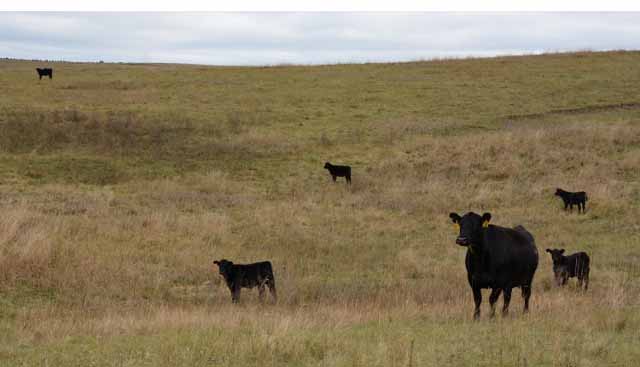
By Lura Roti for SDFU
Every year, Aberdeen cow/calf producers Jeff and Rachel Kippley visit their local Kessler’s grocery store and pick up prime rib for Christmas dinner.
Since they began the tradition four years ago, the couple has paid the same price per pound for this holiday delicacy – $10.99. However, the price they receive for the 1,000-pound calves they raise, who eventually become someone’s prime rib dinner, has dropped considerably since 2014.
“In 2014, we averaged $2,000 a head. This fall we’re looking at $850. And it costs roughly $800 to raise a calf,” explains Jeff Kippley, 40, a fourth-generation cattle producer.
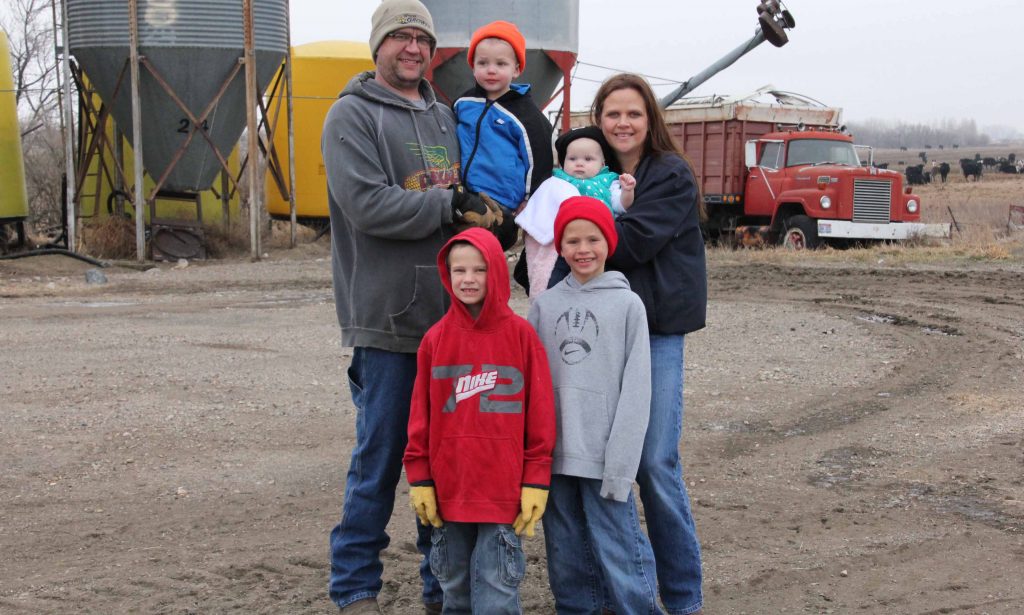
Aberdeen cow/calf producers Jeff and Rachel Kippley are among many U.S. cattle producers asking Congressional leaders and to support U.S. cattle producers and make COOL a part of U.S. Mexico-Canada-Agreement.
So, what happened in the last five years to trigger a nearly 60 percent decrease in the price U.S. cattle producers receive? The 2015 repeal of Country of Origin Labeling (COOL).
“COOL is the only way I can compete with foreign meat. It’s the only way,” says Brett Kenzy, a fourth-generation Gregory cattle producer. Kenzy explains that when the House and Senate repealed COOL, they made it easy for processors to blend lower-quality, lower-priced meat from other countries with U.S. raised beef because without labeling regulations, the consumer is none the wiser.
In fact, without labeling regulations, meat processors began applying “Product of the U.S.A.” labels to meat packaged in the U.S., whether the steak came from a cow raised in the U.S., Canada, Mexico, Brazil or Australia – or the burger was a blended mix of meat from all five countries.
“One excuse we were given was that no one cares where their meat comes from,” Kenzy, 47, says. “But if that were true, then why do the processors label it Product of the U.S.A? God bless America. If a consumer wants to support me and my rural community by buying U.S. raised beef, they should be able to. But without COOL, there is no one to enforce true labeling.”
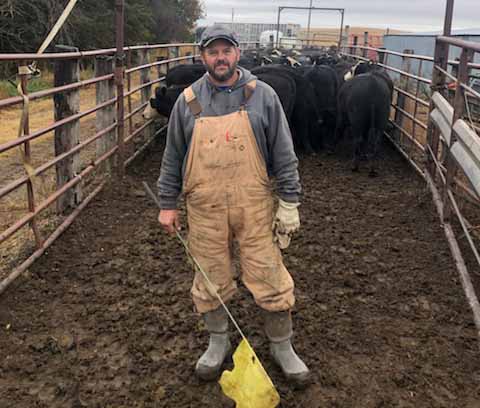
Gregory cow/calf and feedlot producer, Brett Kenzy, was among roughly 350 cattle producers from across the nation, who met in Omaha early October to call on the Administration to bring fair prices to the cattle industry and make COOL part of the USMCA. Read more about this rally here.
Beyond supporting U.S. cattle producers, there’s also the safety factor. Not all bovines are treated equally. “Foreign meat is cheaper because their producers can grow it cheaper because they are not required to follow the same safety standards U.S. cattle producers are required by law to follow,” Kenzy says.
For example, laws require all U.S. cattle producers to get a prescription from their veterinarian before purchasing or giving antibiotics. And if medications are given to cattle, stringent regulations are in place to ensure withdrawal periods are followed prior to slaughter.
“I’m happy to comply. I want to comply. In fact, my brother and I go above and beyond requirements, and implement management practices to ensure our feedlot does not have a negative impact on our land or our neighbors’ land,” Kenzy says. “But it all costs.”
And this year, while the Big Four processors are bringing in $1.2 billion a month, Kenzy and his brother, George, say they are just trying to pencil out feed and equipment costs so they can reach $0. “We just hope we can break even.”
Then what is left over? What profit is available to cattle producers and their families to cover typical living expenses? What is the motivation for U.S. cattle producers to continue raising cattle?
These questions keep 42-year-old Hecla cow/calf and feedlot producer, BJ Richter up at night.
“In the last two-to-three years, I’ve lost my faith in our industry. When we lost COOL, we lost our ability to differentiate our product,” explains the second-generation cattle producer.
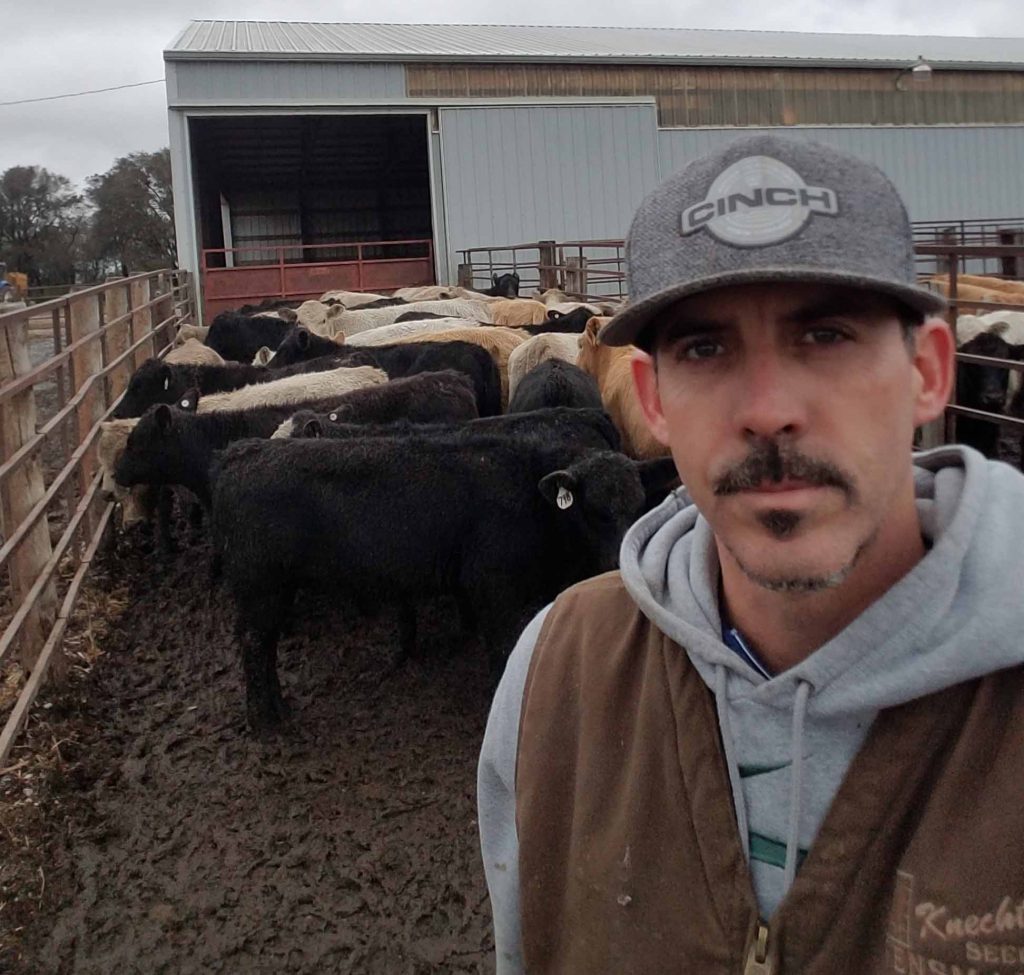
BJ Richter is a 42-year-old Hecla cow/calf and feedlot producer.
Richter is not a pessimist. He grew up with and understands traditional cattle market cycles – good prices encourage producers to breed more cows, flooded markets result in lower prices.
But what Richter’s witnessed since the 2015 repeal of COOL, is not traditional cattle market cycles. He says its market manipulation by four packers who are not required to price report on formula cattle and are not held accountable by consumers who are unaware there is an issue because of the Product of the U.S.A. label.
COOL was enforced when Richter returned home to farm fulltime with his parents, Bill and Linda in 2008.
“We bought in to what Country of Origin Labeling meant – the consumer wanted to know where their food came from. Simple as this. So, what did we do as cattlemen? We improved our genetic base, investing more in our genetics because we knew our product would be labeled,” Richter says.
Improved genetics resulted in higher quality meat cuts at harvest. And because retailers paid more for premium cuts, the processors paid premiums to producers, like Richter, who could raise uniform truckloads of cattle that would quality grade Choice and higher.
“You would make and additional $28 to $38 dollars for every hundred pounds,” says Richter, of the premium that could yield about $280-$380 extra per head.
Summer 2018 was the last time Richter sold a load of cattle on the grid. He sold a load of heifers and 100 percent of them graded Choice, with 40 percent grading Prime. He received an $8-per-hundredweight or $80-per-head premium.
“That’s what you get for raising a premium product? The fact is, that perfect load of cattle still brings a premium from the retailer – but as the producer I’m not seeing this,” Richter says. “The packer is keeping that for themselves.”
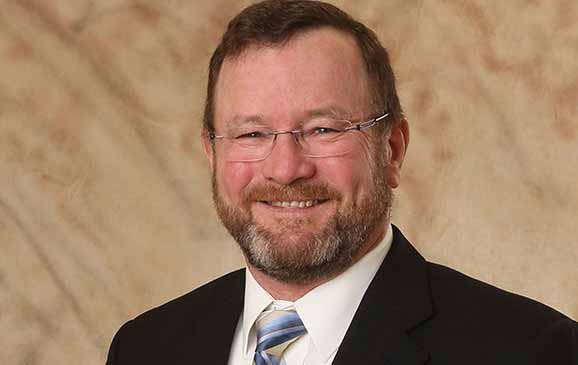
And the packer is blending Choice and Prime burger harvested from U.S. cattle with lower quality burger from cattle from foreign countries. “American beef exceeds the grades. To make the product go further, they buy cheap meat from other countries and blend it down. That’s why they were lobbying Congress so hard to repeal COOL,” explains Doug Sombke, S.D. Farmers Union President. “And even though we’re hoping Trump will make COOL part of the U.S.-Mexico-Canada-Agreement (USMCA), the packer’s powerful lobby may be the reason it hasn’t happened yet.”
Where There’s Smoke…
Since 2015, many organizations, like Farmers Union, have separately lobbied Congress to reinstate COOL. But a recent fire at a Tyson packing plant in Holcomb, Kansas and the resulting markets ignited a movement, uniting cattle producers from across the country asking for COOL to be reinstated. The fire also shed light on the urgent need for transparency in packer price reporting.
Following the August 9 fire, amid fears that existing processing capacity would not be able to handle the supply, finished cattle prices plummeted from $107.95 per hundredweight (Aug. 8) to $100.55 per hundredweight (Aug. 13) a drop of $7.40 per hundredweight. While boxed beef prices shot up to $240 for every 100 pounds.
“Despite the plant fire, Tyson was able to use logistics to move inventory around and slaughter was actually higher the following week,” DuWayne Bosse, Britton farmer and commodities broker with Bolt Marketing.
In fact, a week later, according to federal data, 9,000 more cattle were processed than the week before the fire.
“If there is one thing about tough times, they do bring us together,” says Kenzy, who was among roughly 350 cattle producers from across the nation, who met in Omaha October 2, 2019 to call on the Administration to bring fair prices to the cattle industry and make COOL part of the USMCA. “This fire was the catalyst for the Omaha meeting. All we are asking for is a fair deal. And if you are going to get a fair deal, you need to have a good umpire on the field.”
In 2018, cattle producers lost their umpire when Secretary of Agriculture, Sonny Purdue, eliminated Grain Inspection, Packers, and Stockyards Administration (GIPSA).
Enforcement of antitrust law in the meatpacking industry was among the duties of this standalone agency. Today, a few producer advocacy organizations are trying to pick up GIPSA’s role in holding packers accountable. But this is a difficult task, explains Amherst cow/calf and feedlot producer, Paul Symens, 76.
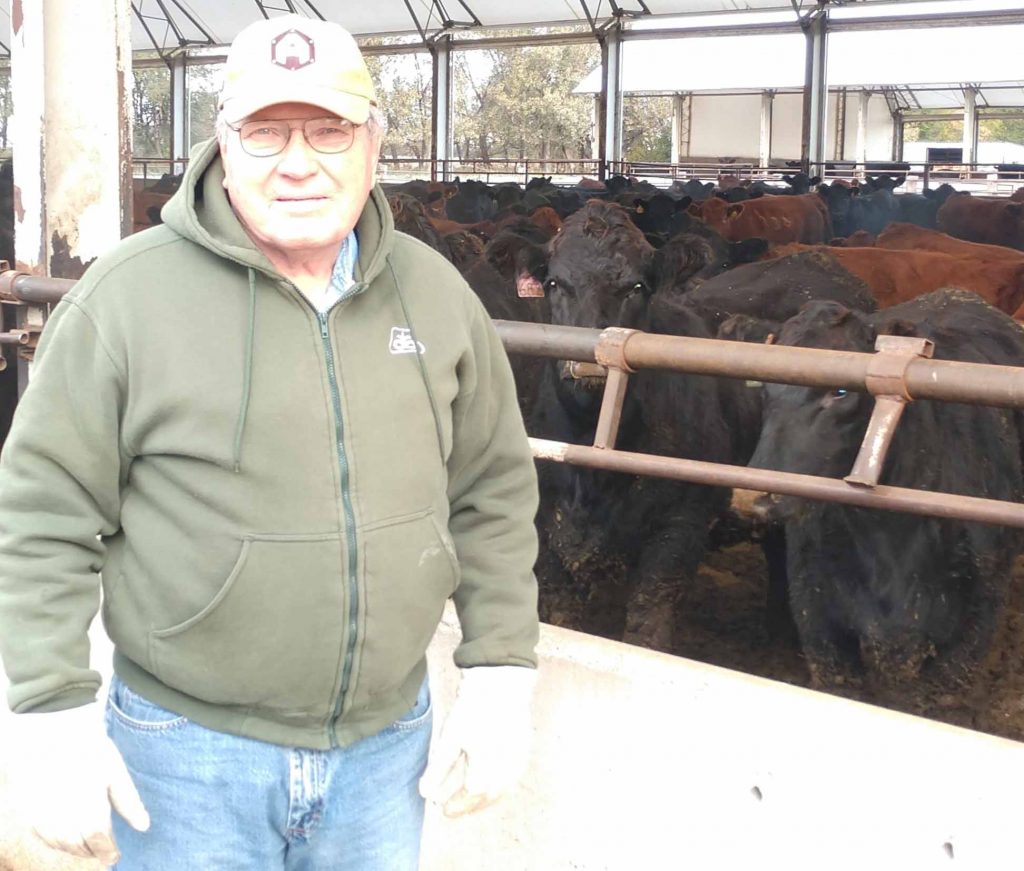
Amherst cow/calf and feedlot producer, Paul Symens, 76.
“The whole issue comes down to competition. Because most meat is handled by just a few Big Boys, they don’t even have to collude, because the buying power is in so few hands,” explains Symens, who continues to be involved in the farm’s management decisions, but leaves the day-to-day responsibilities to his son, Warren, nephew, Brad and younger brother, John. “After that fire, the price dropped an additional $5-$10 for us, but not the retailers. The packers’ just pocketed that money. I once asked a packer, ‘when are you going to start paying us what our cattle are worth?’ his response was, ‘not until we have to.’ Well, without competition, they don’t have to. It is as simple as that.’”
Symens agrees with Kippley, Kenzy and Sombke and many of the nation’s cattle producers, that COOL will bring about fair prices U.S. cattle producers to compete. With passage of USMCA looming, cattle producers continue to urge leadership to add COOL to the document. “I believe in the ability of U.S. cattle producers to feed the world, but we need to be able to feed our families as well,” Sombke says. “COOL gives us the fair markets we need to do both.”
Ask Congress for fair prices
Like most fathers, providing for his family is a top priority for Richter. If the current trend continues, he doesn’t see a future for him, or other producers. “Guys like me will be forced to leave and I don’t know who else they will find to replace us. Who else is willing to spend 70 hours a week caring for cattle? When the weather is bad, we work harder to make sure our cattle are protected and survive. It’s not about the money, we do this work because animals are depending on us. But we do need to earn a living.”
Richter and the other cattle producers urge all to reach out to Congressional leaders and ask them to support U.S. cattle producers and make COOL a part of USMCA. To contact Senator Mike Rounds, call 202-224-5842 or [email protected]. To contact Senator John Thune, call 202-224-2321 or [email protected]
To listen to an interview with Kenzy and Richter, click here.

